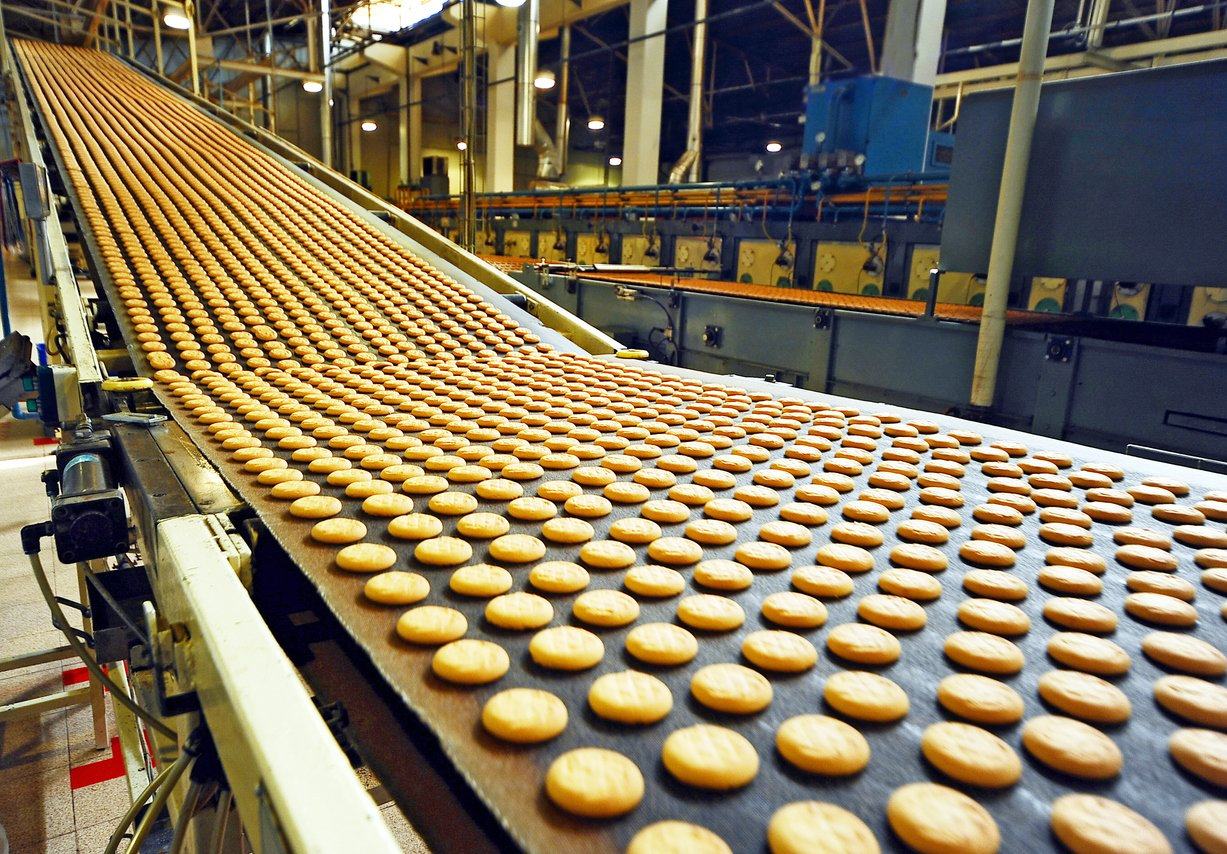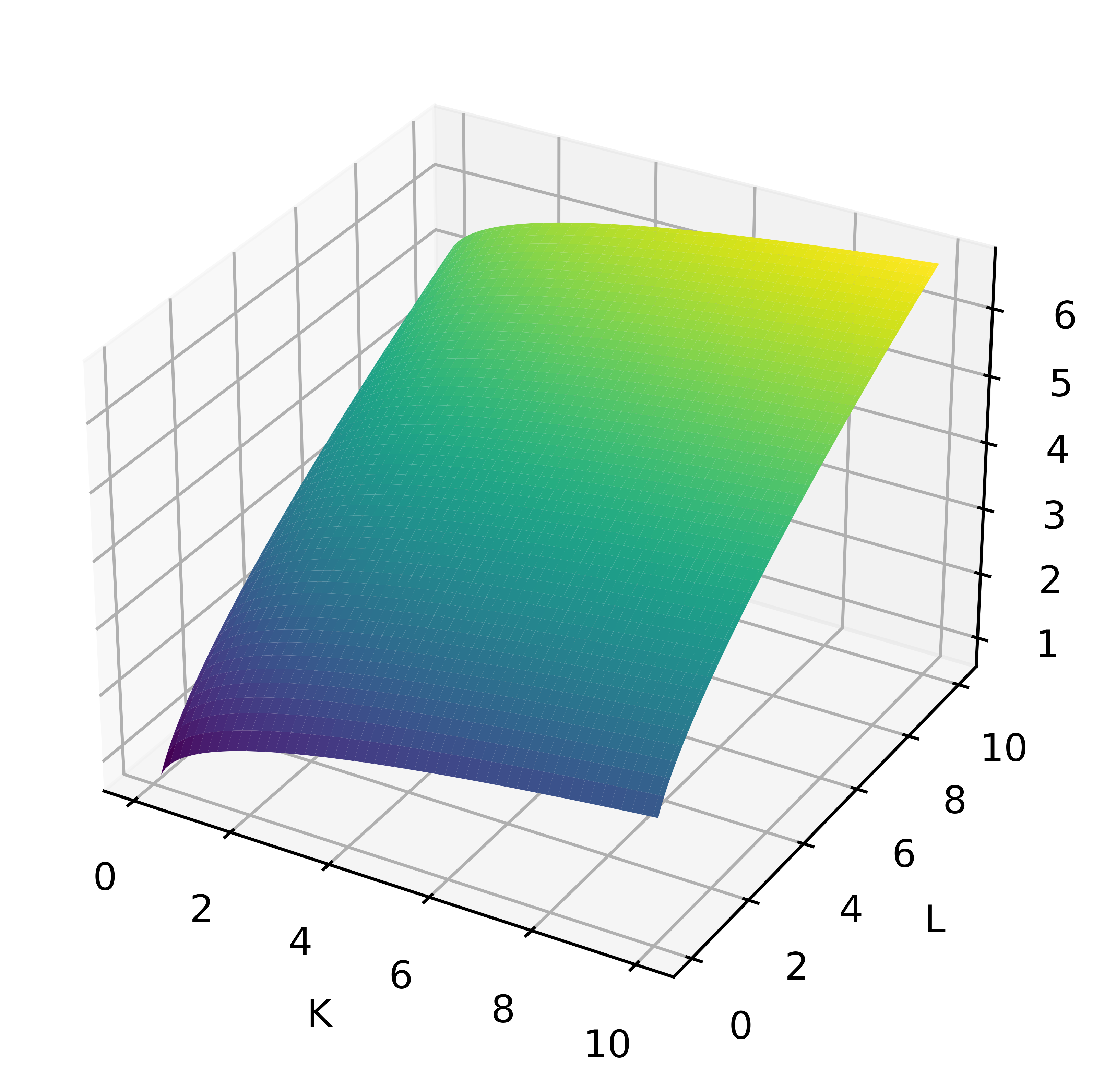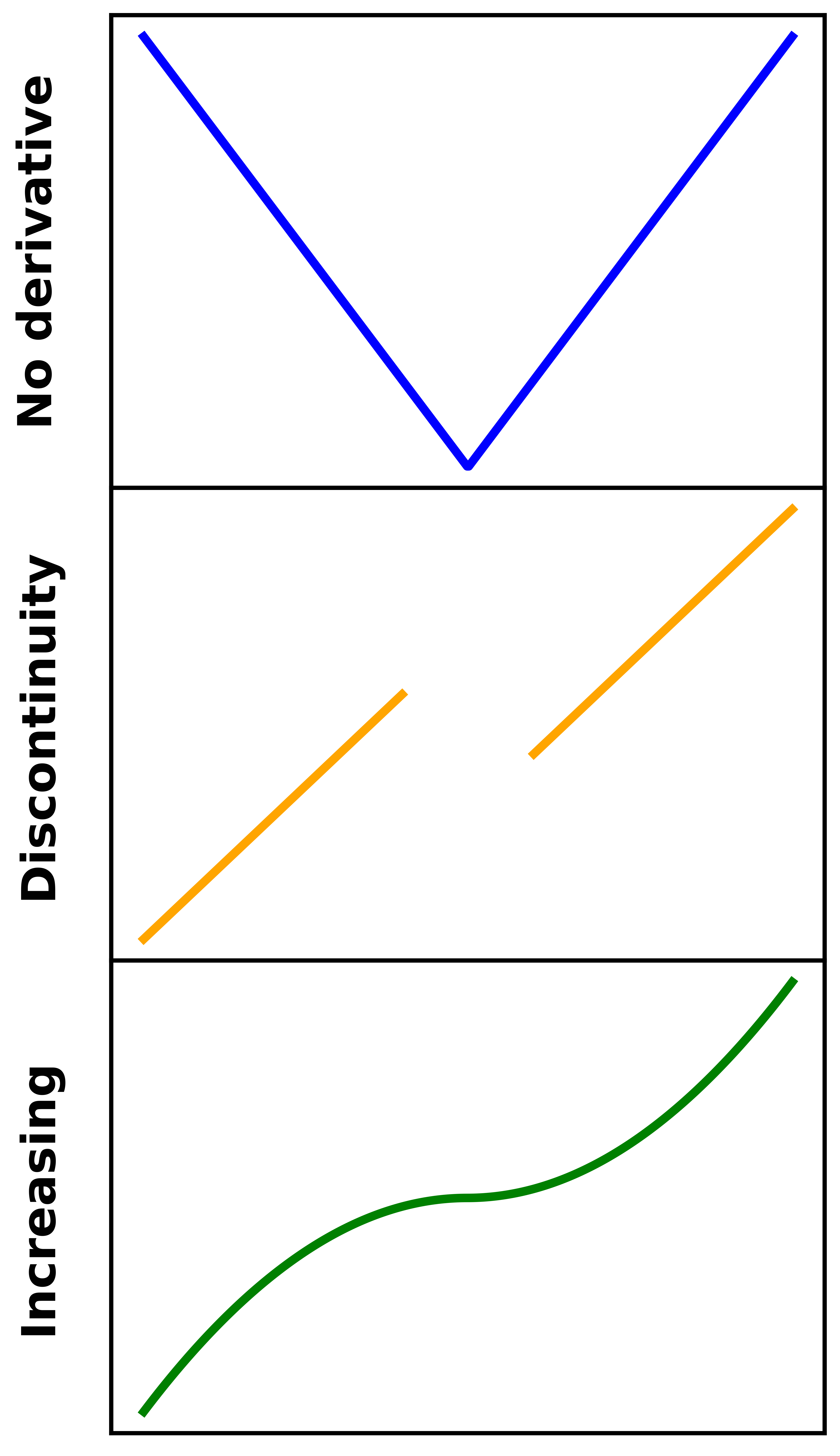Multivariate optimization
Introduction to Optimization in Python

Jasmin Ludolf
Content Developer
The biscuit factory
Objective function:
- $F = K^{0.34} \times L^{0.66}$
- $F$: production function
- Labor ($L$): hours put in by workers
- Capital ($K$): hours machines operated
- Multivariate problem

Partial derivatives
Univariate
Objective function:
$p = 40q - 0.5q^2$
Derivative: slope of the objective function changes with changes to single variable
$\frac{dp}{dq} = 40 - q$
Multivariate
Objective function:
$F = K^{0.34} \times L^{0.66}$
Partial derivatives: how the slope changes with respect to each variable
$\frac{\partial F}{\partial K}$ and $\frac{\partial F}{\partial L}$
Solving multivariate problems
Objective function:
- $F = K^{0.34} \times L^{0.66}$
- $F$: production function
- Labor ($L$): hours put in by workers
- Capital ($K$): hours machines operated
from sympy import symbols, diff, solveK, L = symbols('K L') F = K**.34 * L**.66dF_dK = diff(F, K) dF_dL = diff(F, L)crit_points = solve([dF_dK, dF_dL], (K, L))print(crit_points)
[]
Our production function
Objective function:
- $F = K^{0.34} \times L^{0.66}$
- As $K$ and $L$ increase, $F$ increases
- No maxima or minima!

The limits of differentiation
Watch out for:
- No derivative
- Discontinuities
- Increasing or decreasing functions
- Non-differentiable: cannot be optimized using differentiation

Let's practice!
Introduction to Optimization in Python

